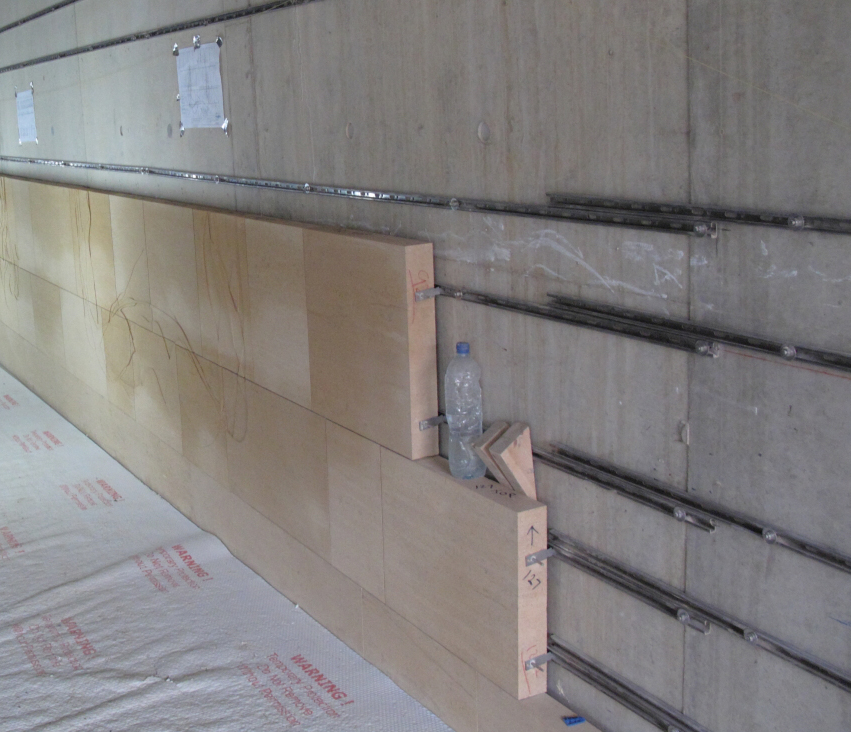31 August deadline for comments on revision of BS 8298 on stone cladding
BS 8298 is one of the more useful British Standards as far as the stone industry is concerned, offering guidance on the use of stone for cladding buildings. Part 4 of the standard is currently being up-dated and is now out for public consultation. If you want to add your contribution to the 51 comments already made, you have until 31 August to do so.
This part of the standard covers the design of rainscreens and stone cladding on metal frames, including workmanship in production and onsite, and maintenance.
The draft changes to BS 8298-4 now at the public consultation stage can be viewed on the Standards Development Portal of the BSI website, from which you can also submit comments.
It is relatively easy to get to, although you have to register, or log in if you are already registerd (to do that click here). Otherwise click here to start.
If you make a comment, in order for it to be considered by the committee involved in making the changes you need to suggest a ready solution or alternative to the current wording, not just say you don't like what is currently there.
BS 8298 was originally developed from a Code of Practice published by Stone Federation Great Britain, which is probably why it is useful. It was previously updated in 2010, which is when it was split into four parts. It was originally just one part covering various aspects of the use of stone, such as hand-setting, precast and interiors, which are all now separate parts.
It remains a Code of Practice. Its recommendations are for guidance and it should not be quoted as though it were a specification.
It also makes clear safety factors are derived from industry experience and historic precedent. British Standards Institution (BSI) says the longer-term aim is to base the safety factors on reliability-based analysis in accordance with BS EN 1990:2020+A1 Annex D.
It advises users of BS 8298 to consider getting assessed to the BS EN ISO 9000 set of standards to help ensure statutory and regulatory requirements related to the provision of products and services are met.
The changes proposed incorporate recommendations for factory production from Part 1 of the standard, the addition of several figures to illustrate key details, and updated information about the design of the stone to follow the principals of limited state design, which is about making sure the stone fulfils its requirements in the building.

